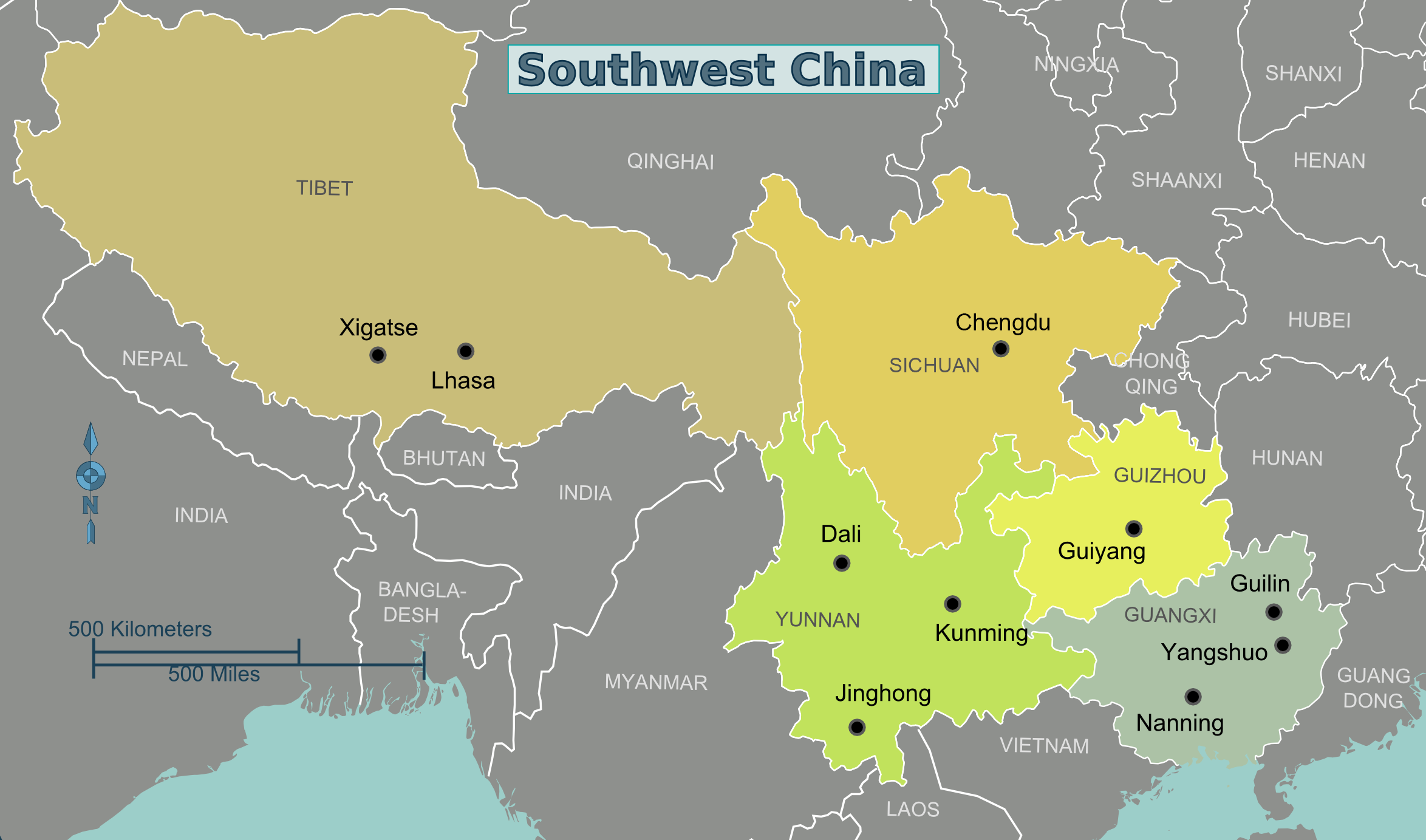|
Pedicularis Oxycarpa
''Pedicularis oxycarpa'' is a species of flowering plant in the family Orobanchaceae. It is native to Yunnan and Sichuan Sichuan (; zh, c=, labels=no, ; zh, p=Sìchuān; alternatively romanized as Szechuan or Szechwan; formerly also referred to as "West China" or "Western China" by Protestant missions) is a province in Southwest China occupying most of the ..., southwest China, where it grows in 2800–4400 m alpine meadows.20–40 cm tall. Corolla white, with purplish beak, 1.4-1.8 cm. References oxycarpa Flora of Sichuan Flora of Yunnan {{Orobanchaceae-stub ... [...More Info...] [...Related Items...] OR: [Wikipedia] [Google] [Baidu] |
Adrien René Franchet
Adrien René Franchet (21 April 1834 in Pezou – 15 February 1900 in Paris) was a French botanist, based at the Paris Muséum national d'Histoire naturelle. He is noted for his extensive work describing the flora of China and Japan, based on the collections made by French Catholic missionaries in China, Armand David, Pierre Jean Marie Delavay, Paul Guillaume Farges, Jean-André Soulié, and others. He was the taxonomic author of many plants, including a significant number of species from the genera '' Primula'' and ''Rhododendron''. The following genera are named in his honor: * ''Franchetella'', family Sapotaceae, named by Jean Baptiste Louis Pierre. * ''Franchetia'', family Rubiaceae, named by Henri Ernest Baillon. *'' Sinofranchetia'', family Lardizabalaceae, named by William Botting Hemsley. Selected writings * ''Essai sur la distribution géographique des plantes phanérogames dans le département de Loir-et-Cher'', 1868 - Essay on the geographical distri ... [...More Info...] [...Related Items...] OR: [Wikipedia] [Google] [Baidu] |
Karl Maximovich
Carl Johann Maximovich (also Karl Ivanovich Maximovich, Russian: Карл Иванович Максимович; 23 November 1827 in Tula, Russia – 16 February 1891 in Saint Petersburg) was a Russian botanist. Maximovich spent most of his life studying the flora of the countries he had visited in the Far East, and naming many new species. He worked at the Saint Petersburg Botanical Gardens from 1852 as curator of the herbarium collection, becoming Director in 1869. History Born a Baltic-German, his name at birth was Karl Ivanovich Maksimovich, but he changed it to the German version of his name for his scientific work.Japan’s botanical sunrise plant exploration around the Meiji Restoration Peter Barnes (originally published in Curtis's Botanical Magazine 18(1 ... [...More Info...] [...Related Items...] OR: [Wikipedia] [Google] [Baidu] |
Flowering Plant
Flowering plants are plants that bear flowers and fruits, and form the clade Angiospermae (), commonly called angiosperms. They include all forbs (flowering plants without a woody stem), grasses and grass-like plants, a vast majority of broad-leaved trees, shrubs and vines, and most aquatic plants. The term "angiosperm" is derived from the Greek words ἀγγεῖον / ('container, vessel') and σπέρμα / ('seed'), meaning that the seeds are enclosed within a fruit. They are by far the most diverse group of land plants with 64 orders, 416 families, approximately 13,000 known genera and 300,000 known species. Angiosperms were formerly called Magnoliophyta (). Angiosperms are distinguished from the other seed-producing plants, the gymnosperms, by having flowers, xylem consisting of vessel elements instead of tracheids, endosperm within their seeds, and fruits that completely envelop the seeds. The ancestors of flowering plants diverged from the common ance ... [...More Info...] [...Related Items...] OR: [Wikipedia] [Google] [Baidu] |
Orobanchaceae
Orobanchaceae, the broomrapes, is a family of mostly parasitic plants of the order Lamiales, with about 90 genera and more than 2000 species. Many of these genera (e.g., '' Pedicularis'', '' Rhinanthus'', '' Striga'') were formerly included in the family Scrophulariaceae '' sensu lato''. With its new circumscription, Orobanchaceae forms a distinct, monophyletic family. From a phylogenetic perspective, it is defined as the largest crown clade containing ''Orobanche major'' and relatives, but neither '' Paulownia tomentosa'' nor '' Phryma leptostachya'' nor ''Mazus japonicus''. The Orobanchaceae are annual herbs or perennial herbs or shrubs, and most (all except '' Lindenbergia'', '' Rehmannia'' and '' Triaenophora'') are parasitic on the roots of other plants—either holoparasitic or hemiparasitic (fully or partly parasitic). The holoparasitic species lack chlorophyll and therefore cannot perform photosynthesis. Description Orobanchaceae is the largest of the 20–28 ... [...More Info...] [...Related Items...] OR: [Wikipedia] [Google] [Baidu] |
Yunnan
Yunnan , () is a landlocked province in the southwest of the People's Republic of China. The province spans approximately and has a population of 48.3 million (as of 2018). The capital of the province is Kunming. The province borders the Chinese provinces of Guizhou, Sichuan, autonomous regions of Guangxi, and Tibet as well as Southeast Asian countries: Vietnam, Laos, and Myanmar. Yunnan is China's fourth least developed province based on disposable income per capita in 2014. Yunnan is situated in a mountainous area, with high elevations in the northwest and low elevations in the southeast. Most of the population lives in the eastern part of the province. In the west, the altitude can vary from the mountain peaks to river valleys by as much as . Yunnan is rich in natural resources and has the largest diversity of plant life in China. Of the approximately 30,000 species of higher plants in China, Yunnan has perhaps 17,000 or more. Yunnan's reserves of aluminium, lead, ... [...More Info...] [...Related Items...] OR: [Wikipedia] [Google] [Baidu] |
Sichuan
Sichuan (; zh, c=, labels=no, ; zh, p=Sìchuān; alternatively romanized as Szechuan or Szechwan; formerly also referred to as "West China" or "Western China" by Protestant missions) is a province in Southwest China occupying most of the Sichuan Basin and the easternmost part of the Tibetan Plateau between the Jinsha River on the west, the Daba Mountains in the north and the Yungui Plateau to the south. Sichuan's capital city is Chengdu. The population of Sichuan stands at 83 million. Sichuan neighbors Qinghai to the northwest, Gansu to the north, Shaanxi to the northeast, Chongqing to the east, Guizhou to the southeast, Yunnan to the south, and the Tibet Autonomous Region to the west. In antiquity, Sichuan was the home of the ancient states of Ba and Shu. Their conquest by Qin strengthened it and paved the way for Qin Shi Huang's unification of China under the Qin dynasty. During the Three Kingdoms era, Liu Bei's state of Shu was based in Sichuan. T ... [...More Info...] [...Related Items...] OR: [Wikipedia] [Google] [Baidu] |
Southwest China
Southwest China () is a region in the south of the People's Republic of China. Geography Southwest China is a rugged and mountainous region, transitioning between the Tibetan Plateau to the west and the Chinese coastal hills (东南丘陵) and plains to the east. Key geographic features in the region include the Hengduan Mountains in the west, the Sichuan Basin in the northeast, and the karstic Yungui Plateau in the east. The majority of the region is drained by the Yangtze River which forms the Three Gorges in the northeast of the region. The narrowest concept of Southwest China consists of Sichuan, Chongqing, Yunnan, and Guizhou, while wider definitions often include Guangxi and western portions of Hunan. The official government definition of Southwest China includes the core provinces of Sichuan, Chongqing, Yunnan, and Guizhou, in addition to the Tibet Autonomous Region. History Portions of Southwest China were incorporated in the 3nd century BCE into the Qin dyn ... [...More Info...] [...Related Items...] OR: [Wikipedia] [Google] [Baidu] |
Pedicularis
''Pedicularis'' is a genus of perennial green root parasite plants currently placed in the family Orobanchaceae (the genus previously having been placed in Scrophulariaceae '' sensu lato''). Description Between 350 and 600 species are accepted by different authorities, mostly from the wetter northern temperate zones, as well as from South America. The highest diversity is in eastern Asia, with 352 species accepted in China alone. Taxonomy The common name lousewort, applied to several species, derives from an old belief that these plants, when ingested, were responsible for lice infestations in livestock. The genus name ''Pedicularis'' is from the Latin ''pediculus'' meaning louse. Selected species *'' Pedicularis acaulis'' *'' Pedicularis amoena'' *'' Pedicularis arguteserrata'' *'' Pedicularis ascendens'' *'' Pedicularis asparagoides'' *'' Pedicularis asplenifolia'' *'' Pedicularis attollens'' (little elephant's head) *'' Pedicularis baumgartenii'' *'' Pedicularis bhut ... [...More Info...] [...Related Items...] OR: [Wikipedia] [Google] [Baidu] |
Flora Of Sichuan
Flora (: floras or florae) is all the plant life present in a particular region or time, generally the naturally occurring ( indigenous) native plants. The corresponding term for animals is ''fauna'', and for fungi, it is ''funga''. Sometimes bacteria and fungi are also referred to as flora as in the terms ''gut flora'' or ''skin flora''. Etymology The word "flora" comes from the Latin name of Flora, the goddess of plants, flowers, and fertility in Roman mythology. The technical term "flora" is then derived from a metonymy of this goddess at the end of the sixteenth century. It was first used in poetry to denote the natural vegetation of an area, but soon also assumed the meaning of a work cataloguing such vegetation. Moreover, "Flora" was used to refer to the flowers of an artificial garden in the seventeenth century. The distinction between vegetation (the general appearance of a community) and flora (the taxonomic composition of a community) was first made by Jules Thurman ... [...More Info...] [...Related Items...] OR: [Wikipedia] [Google] [Baidu] |




